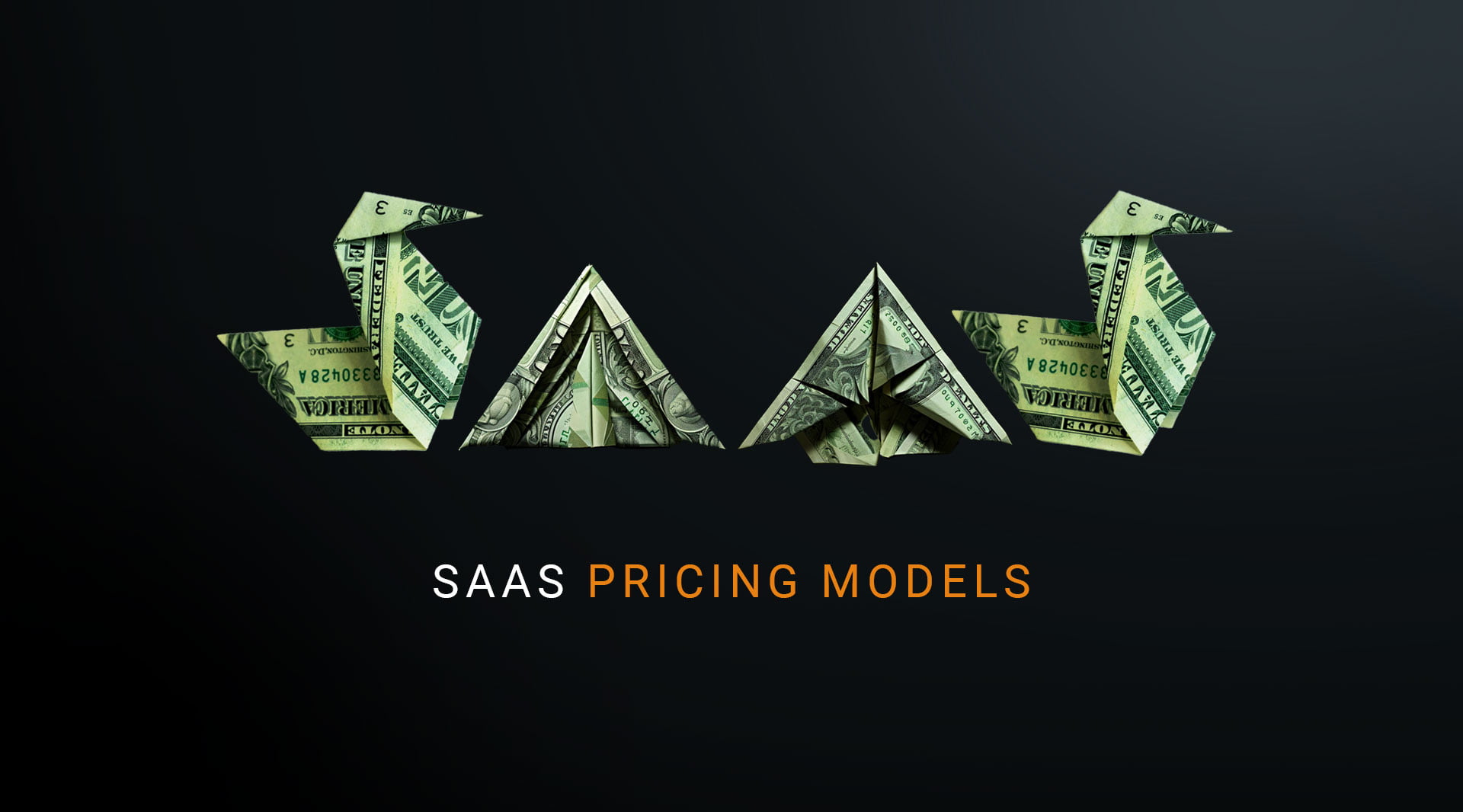Subscription-Based Models
1. Flat-rate Pricing
Flat-rate pricing is as straightforward as it sounds. Customers pay a fixed monthly or yearly fee and receive access to the entire feature set of the SaaS.
Pros:
- Simplicity: Easy for customers to understand and budget for.
- Predictable revenue: The SaaS business can forecast its earnings more effectively.
Cons:
- Limited revenue opportunities: Less potential to earn from high-value customers.
Example: Netflix. While they’ve diversified their pricing recently, they initially charged one price for access to their entire streaming library.
2. Tiered Pricing
Tiered pricing involves offering multiple plans, each with a distinct set of features. This model is flexible and caters to different customer needs and budget brackets.
Pros:
- Scales with growth: Customers can upgrade as their needs expand.
- Addresses a broader market: Tailors to both budget-conscious and premium users.
Cons:
- Complexity: Risk of overwhelming potential customers with choices.
Example: Mailchimp uses tiered pricing. Small businesses might opt for the essential plan, while a large corporation might choose the premium version, which offers advanced features.
3. Per-User Pricing
This model charges based on the number of users accessing the software. It’s one of the popular B2B Saas pricing models, as it scales with company size.
Pros:
- Aligns cost with value: More users generally means more value is derived.
- Scalable: Revenues grow as companies expand.
Cons:
- Can deter adoption: Companies might limit software access to save costs.
- Multiple users may share a single login to reduce their subscription costs.
Example: Slack. They charge per active user, ensuring companies only pay for employees who use the software.
4. Custom/Enterprise Models
This is a tailor-made B2B SaaS pricing model, where each plan is crafted to fit the unique requirements of large businesses or enterprises. It usually involves negotiation between the SaaS provider’s sales team and the enterprise, where the pricing may vary based on the following factors:
Volume: As the enterprise usage grows, the pricing scales. For example, a data storage solution might charge based on the amount of data stored.
Features: Enterprises pay more for premium features. This model provides flexibility and can be combined with other models.
Roles: Different access levels or roles have different prices. For instance, managerial roles might need advanced analytics, incurring higher costs.
SLA: Higher prices for better Service Level Agreements, especially crucial for mission-critical applications.
In-depth consultations, dedicated support, and custom integrations are hallmarks of enterprise SaaS offerings. The pricing needs to reflect this added value and the tailored approach required for such deals.
Pros:
- Premium pricing: Allows charging premium rates for bespoke solutions.
- Customer loyalty: Tailored solutions lead to stickier customer relationships.
Cons:
- Time-consuming: Enterprise SaaS pricing models require custom negotiations for each deal.
Example: Hubspot offers a custom enterprise plan for their CRM suite where pricing depends on specific needs and features required by the company.
Other Popular Pricing Models for SaaS
5. Freemium
Freemium models give users access to basic features for free, with the option to upgrade for premium features.
Pros:
- Viral growth: Encourages user adoption and word-of-mouth marketing.
- Conversion opportunities: Once users see value, they may upgrade to paid plans.
Cons:
- Conversion challenges: High risk of users sticking to free plans.
Example: Dropbox. Users can store a certain amount of data for free but must pay to access additional storage and advanced features.
6. Advertising
Here, the software is free for users, but they are shown advertisements. Revenue is generated through these ads.
Pros:
- Mass market appeal: Attracts users with free access.
- Diverse revenue streams: Money earned from advertisers, not just users.
Cons:
- User experience: Ads can deter users or detract from the user experience.
Example: Spotify. Their free version plays ads between songs, but users can opt for a paid subscription to avoid them.
7. Transactional
This model charges users based on transactions made within the software.
Pros:
- Scales with activity: More transactions mean more revenue.
- Fair pricing: Users pay for what they use.
Cons:
- Unpredictable revenue: Earnings fluctuate with transaction volumes.
Example: Shopify charges transaction fees for their basic plan, and those transaction fees decrease as businesses upgrade to more advanced plans.
8. Usage-Based Pricing
This pricing model for SaaS enables users to be charged based on their consumption of a particular service or feature.
Pros:
- Aligns with value: Higher usage often equals higher value.
- Fairness: Users appreciate paying only for what they use.
Cons:
- Revenue unpredictability: Harder for the SaaS business to forecast earnings.
Example: AWS (Amazon Web Services) charges based on the amount of computational power, storage, or data transfer used.
9. Perpetual License
This model involves a one-time purchase fee. Users may use the SaaS indefinitely but might need to pay for updates or support.
Pros:
- One-time sale: High initial revenue, which can fund growth initiatives.
- Customer ownership: Some customers prefer the sense of owning software.
Cons:
- No recurring revenue: Harder to predict long-term earnings.
- Update challenges: Users might resist paying for updates.
Example: Traditional software like Adobe Photoshop used this model before transitioning to a subscription-based model.
10. Hybrid Models
Hybrid models combine any of the above models to cater to diverse market needs, and they are extremely common among SaaS offerings.
Pros:
- Flexibility: Tailors to diverse user needs and consumption patterns.
- Multiple revenue streams: Benefits of various models combined.
Cons:
- Complexity: Might confuse potential customers.
Example: Microsoft Office 365 combines tiered subscription pricing with per-user charges.
Which SaaS Pricing Model to Choose?
The best SaaS pricing model depends on your target audience, the value proposition, and your business objectives. Here are some pointers:
- Flat-rate is best for simplicity, but may limit revenue opportunities.
- Tiered pricing caters to a broader market but requires a well-thought-out feature distribution.
- Per-user pricing aligns with value for B2B clients but may discourage large team adoption.
- Custom enterprise models are great for targeting big clients but demand more negotiations and bespoke solutions.
- Freemium can rapidly increase user adoption but needs a strong value proposition for conversion.
- Advertising works for mass-market products but might deter users seeking an ad-free experience.
- Transactional is perfect for platforms that enable e-commerce or transactional activities.
- Usage-based is excellent if the software has variable costs tied to usage.
- Perpetual licenses are becoming rarer in SaaS but may be attractive to target markets that are wary of recurring costs.
- Hybrid models offer flexibility but can complicate the purchasing decision for customers.
Concluding Thoughts
Choosing the right SaaS pricing model is crucial for your business’s success. The appropriate SaaS pricing model is contingent upon your target market, product value, costs, and long-term objectives. With the diversity in pricing models, it’s paramount to stay attuned to market dynamics and be ready to adjust your strategy.
If you’re grappling with which pricing model to implement, contact us for a consultation. Our seasoned experts can guide your decision, ensuring your pricing strategy not only drives revenue but also genuinely reflects your software’s value proposition. Your SaaS product’s pricing isn’t just numbers—it’s strategy. Let’s perfect it together.

